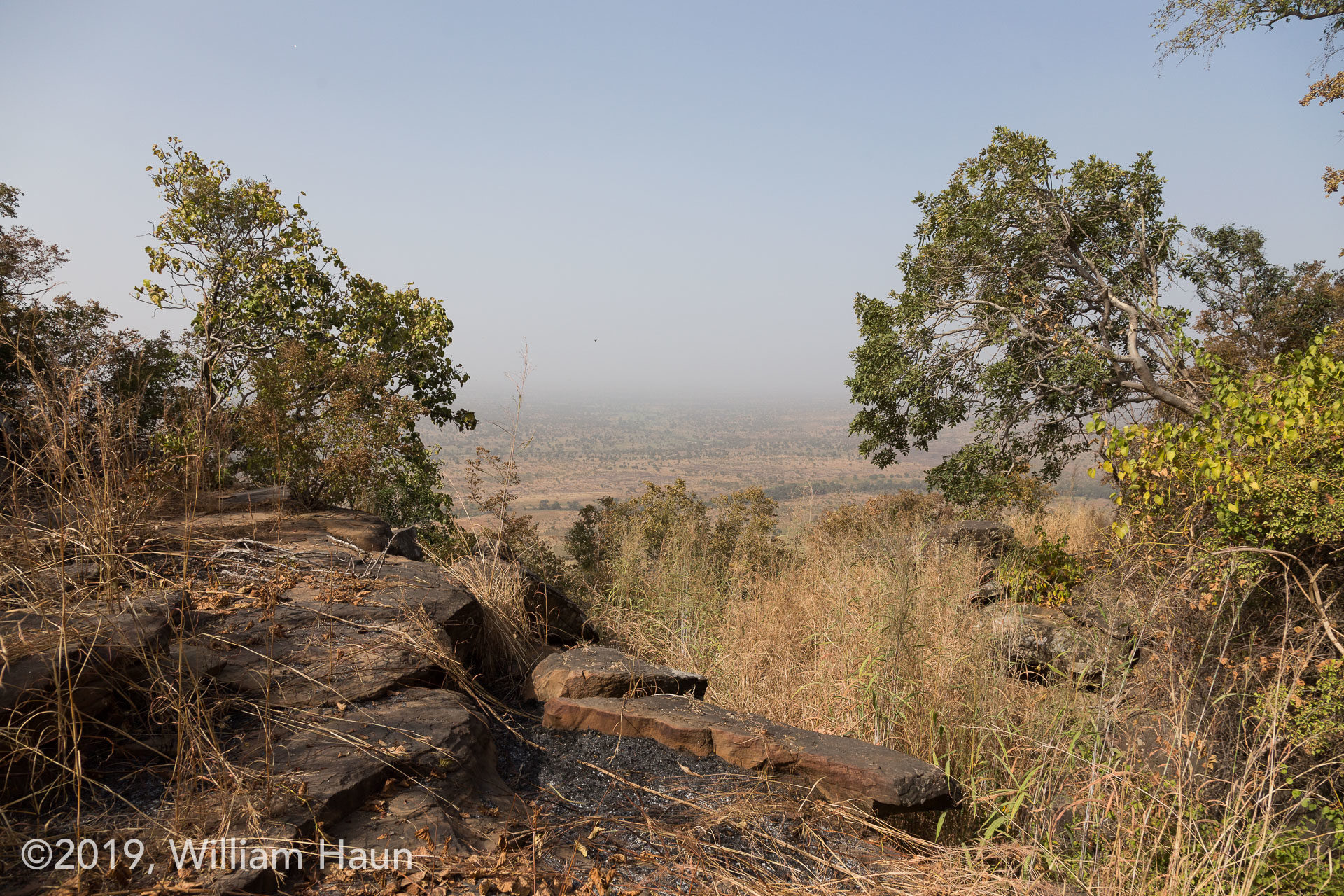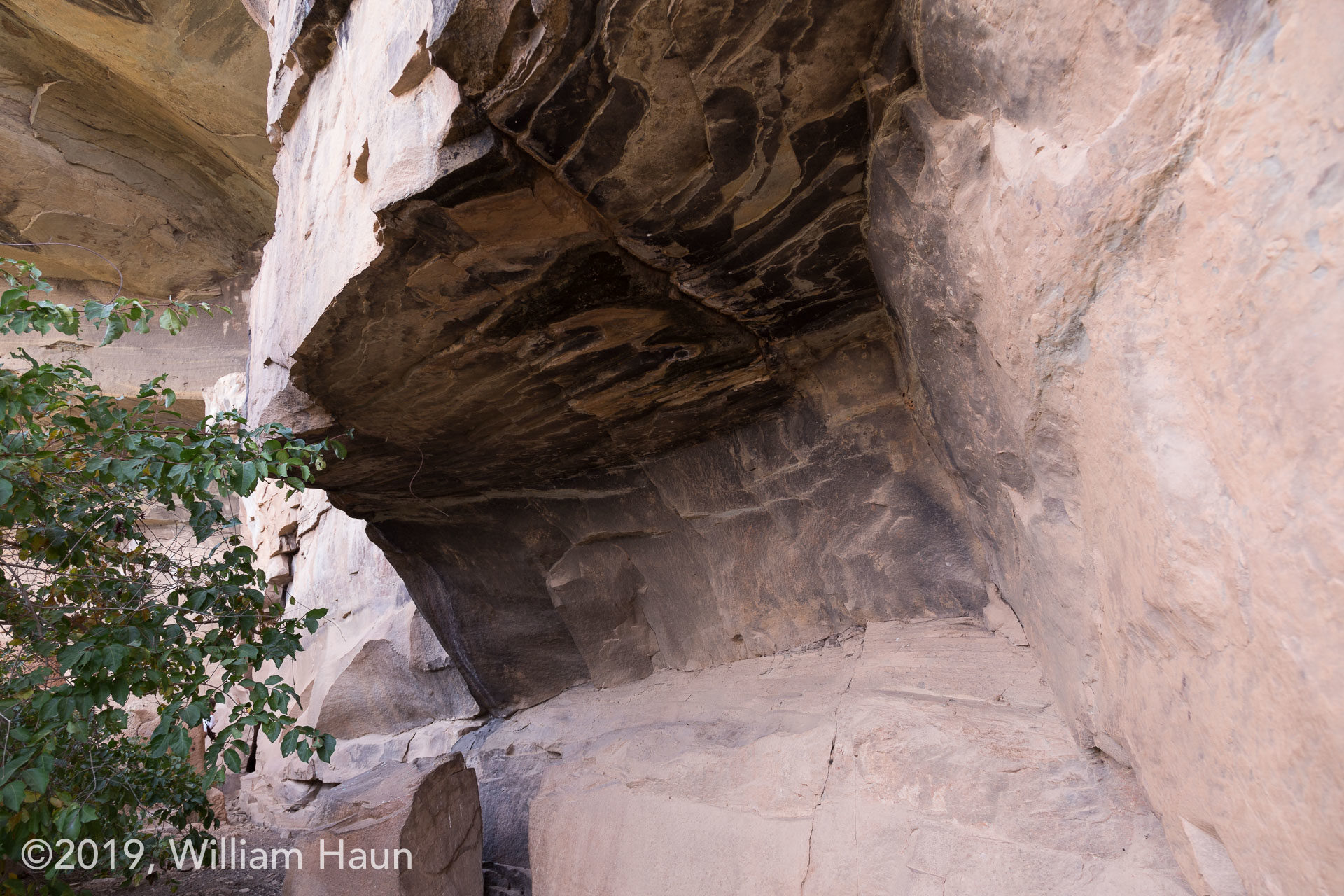Tusugu Cliff Dwellings

These mysterious and well-preserved remains of an ancient settlement on the Gambaga Escarpment were discovered in 1961. Due to their remote and inaccessible location, they receive very few visitors.
In 1961, a British surveyor was contracted by the newly founded nation of Ghana to officially demarcate the border between Ghana and Togo (after WWI Togoland had been divided between the French and British colonial powers). When he reached the Scarp he climbed down the cliff and found a brass pot. He reported his find to archaeologist couple P.L. and P.L. Carter and together they returned in 1963 to survey the site.

The Terre Pissé Structures
The structures the Carters described in 1963 are still preserved in pretty much the same state over 55 years later. Some of them are small granaries and others are over 4 meters high. Looking inside the taller rooms, one can see soot on the walls from smoke as well as in some other places under the rock shelter.
Farther west along the cliff face there are nearly a dozen more structures gathered around a stream that provides water year-round as it filters through the sandstone layers of the Gambaga Escarpment. It appears than an entire community lived in this secluded place!
The Rock Paintings
The first archaeologists to study this site were most impressed by the rock art they found on the cliff walls about the settlement. They published a paper in 1963 about the markings because they were the first rock paintings to have been found and documented in Ghana. Since that time, other rock paintings have been found in the region at Jilik, Gingana, and Kpatiritinga.




The markings enhanced with DStretch software
Location
The town of Nakpanduri on the Gambaga Escarpment is the closest to this archaeological site. From there, you head southeast on the Bunkpurugu Road for 5km and then turn left, heading northeast. After another 6km, you will turn left again at a fork in the road. Travel northeast another 3 kilometers and you will arrive at the village of Tusugu.

Greet the chief in the Tusugu (present “kola”) and ask for a guide to the site (there’s no way you’ll find it on your own – even with GPS). It will then be a 4.5km hike almost due north, parallel to the Ghana-Togo border.
You actually end up crossing into Togo by a few meters, climbing down the cliff a bit, then climbing west along the cliffs back into Ghana to the site.
References
- P.L. & P.J. Carter’s 1964 paper “Rock Paintings from Northern Ghana“










